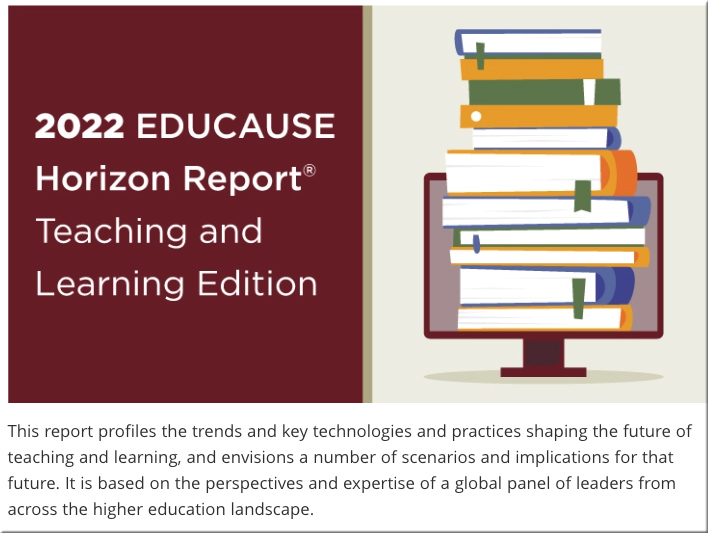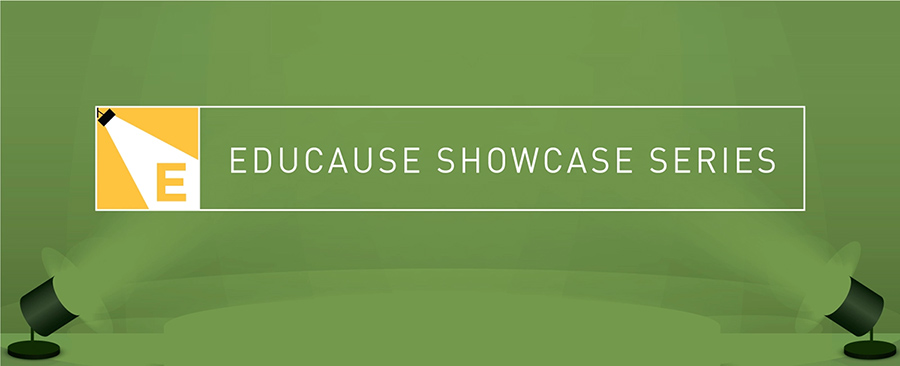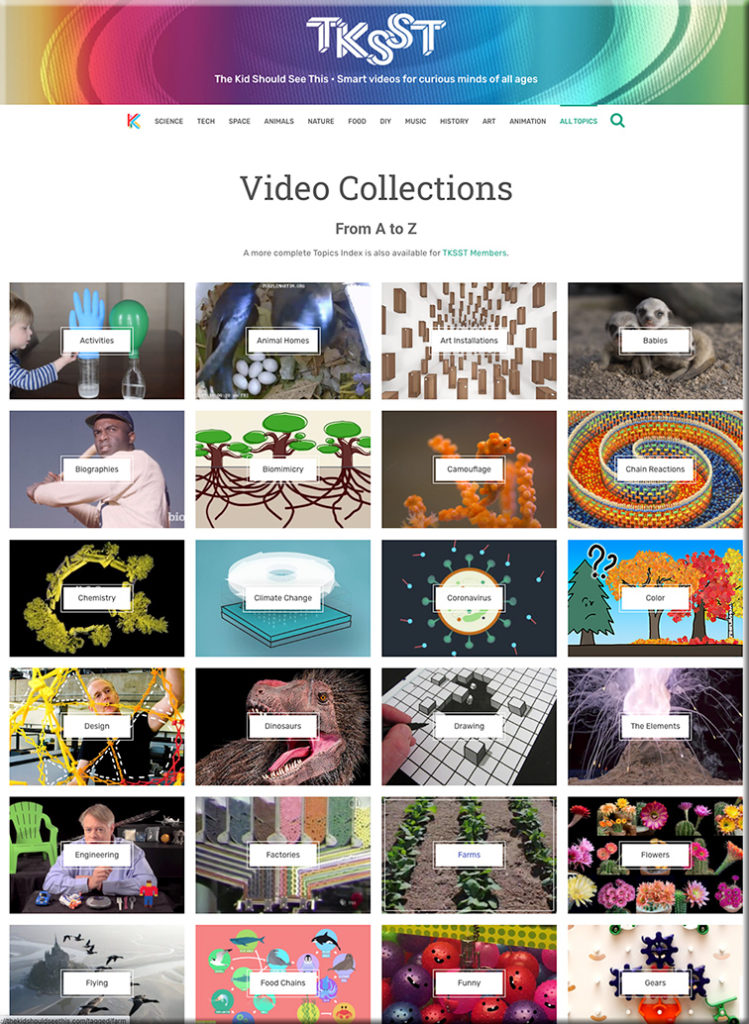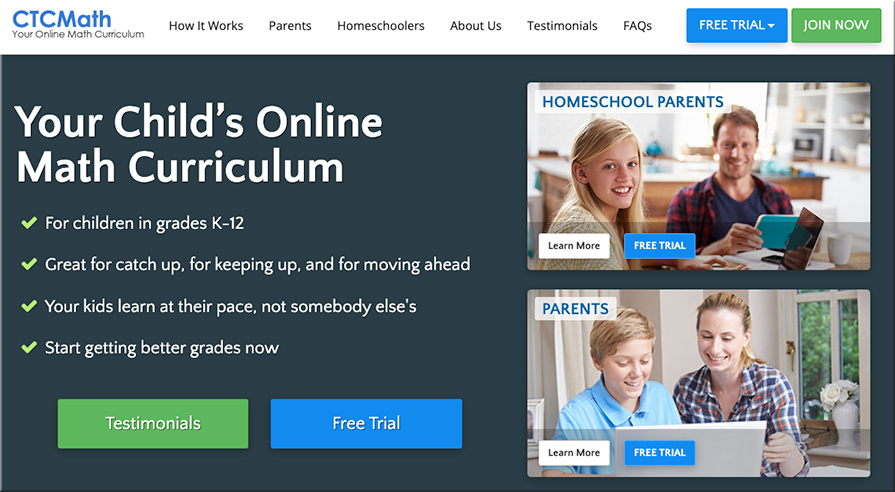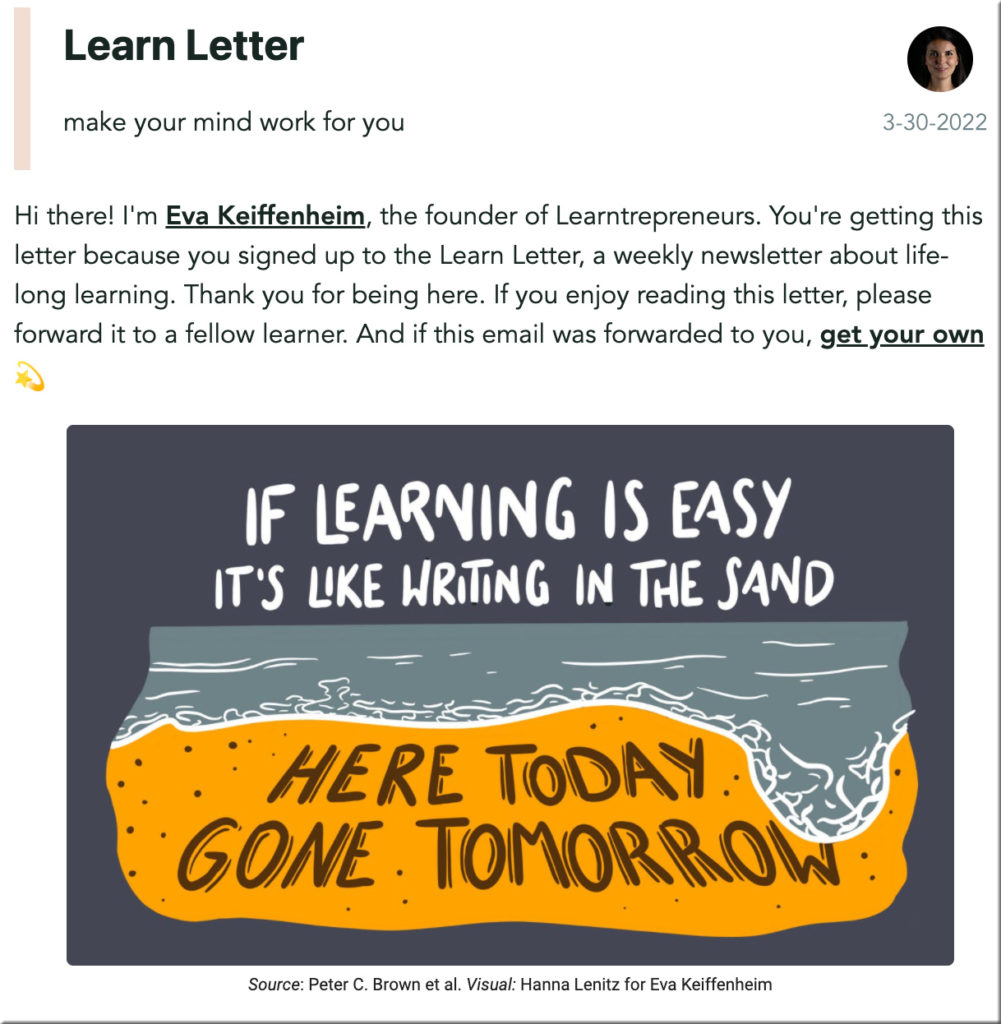From DSC:
Seeing the functionality in Freehand — it makes me once again think that we need to use more tools where faculty/staff/students can collaborate with each other REGARDLESS of where they’re coming in to partake in a learning experience (i.e., remotely or physically/locally). This is also true for trainers and employees, teachers and students, as well as in virtual tutoring types of situations. We need tools that offer functionalities that go beyond screen sharing in order to collaborate, design, present, discuss, and create things. (more…)
2022 EDUCAUSE Horizon Report | Teaching and Learning Edition — from library.educause.edu
Sections include:
- Trends: Scanning the Horizon
- Key Technologies & Practices
- Scenarios
- Implications: What Do We Do Now?
Also relevant/see:
Also relevant/see:
2022 Educause Horizon Report Suggests Change Is Here to Stay; No Return to ‘Normal’ — from campustechnology.com by Rhea Kelly
Excerpt:
If the COVID-19 pandemic has been a time of unprecedented change in higher education — characterized by rapid pivots to remote work and learning and an explosion in the use of technology across the institution — the future is about reframing those changes into long-term realities, according to the 2022 Educause Horizon Report Teaching and Learning Edition, released this week. Colleges and universities are shifting their mindsets to “reflect an evolution from short-term ’emergency’ or ‘reactive’ modes of offering education during extraordinary circumstances to making strategic and sustainable investments in a future that will be very much unlike our past,” the report suggested.
6 Technologies and Practices Impacting the Future of Higher Education — from campustechnology.com by Rhea Kelly
The Digital versus Brick-and-Mortar Balancing Game — from educause.edu
Excerpt:
The blended campus required after two years of upheaval calls for out-of-the box thinking about what to keep and what to discard from both digital and physical work and learning spaces. Technology leaders face critical decisions regarding workplace culture, physical classroom design, and traditional campus spaces.
Making the move from fully in-person instruction to a learning environment that also accommodates remote students (and remote faculty) requires rethinking and redesigning physical learning spaces to provide an equitable experience for all learners. Technology leaders will need to overcome sizable obstacles to create inclusive classrooms that enable faculty and students to reap the many benefits of hybrid [hyflex] learning.
Also see some of the other most urgent issues in higher education here:
Teaching: Fresh Approaches to Faculty Development — from chronicle.com by Beckie Supiano
Excerpt:
Baranovic can’t imagine returning to the old model: He’s sticking to panels in Zoom. Among the benefits, he says: “This arrangement breaks institutional silos, allows faculty to talk more about their experiences, shares effective practices from sources faculty trust (their peers), creates a stronger sense of community, makes it easy for panelists (they receive the questions ahead of time if they want to prepare, but because they’re speaking to experience, they don’t really have to prepare), and creates a form of support that works like therapy but doesn’t feel like therapy.”
Next, Baranovic hopes to turn the panels into a podcast format for professors unable to attend in real time.
From DSC:
As someone who had been involved with Teaching & Learning Centers for years, I can tell you that it’s very disheartening to put together a training session for faculty members and have very few — if any — people show up for it. It’s a waste of time and it leaves the T&L staff and/or IT staff members feeling discouraged and unvalued.
Over the years, I developed a preference for putting things into an asynchronous digital format for faculty members and adjunct faculty members to access per their own schedules. The institutions that I was working for got a greater ROI from those sessions and they were able to visit an internal “course” or website to reference those materials on-demand.
I also like the idea of podcasting here, but that takes a lot of time and effort — and isn’t always possible when you are one person trying to assist hundreds of faculty members (from a technical support and an LMS admin standpoint).
As an Instructional Designer, I also want to comment that it’s hard to help steer a car if you can’t even get into the car. Those institutions that are using team-based approaches will be far more successful in designing and developing more polished, effective, accessible learning experiences. Very few people can do it all.
Osso VR nets $66 million for surgical training — from axios.com by Sarah Pringle
Excerpt:
Why it matters: Surgical training hasn’t evolved in 30-plus years, but Osso VR is looking to change that by empowering health care professionals with virtual reality.
- Training and assessing surgeons more efficiently can drive up the adoption of modern and hard-to-learn medtech, and democratize surgical education.
- “The innovation from the medical device industry is providing us an incredible opportunity to treat patients much more consistently and with optimized outcomes,” said Justin Barad, Osso’s co-founder and a practicing pediatric orthopedic surgeon.
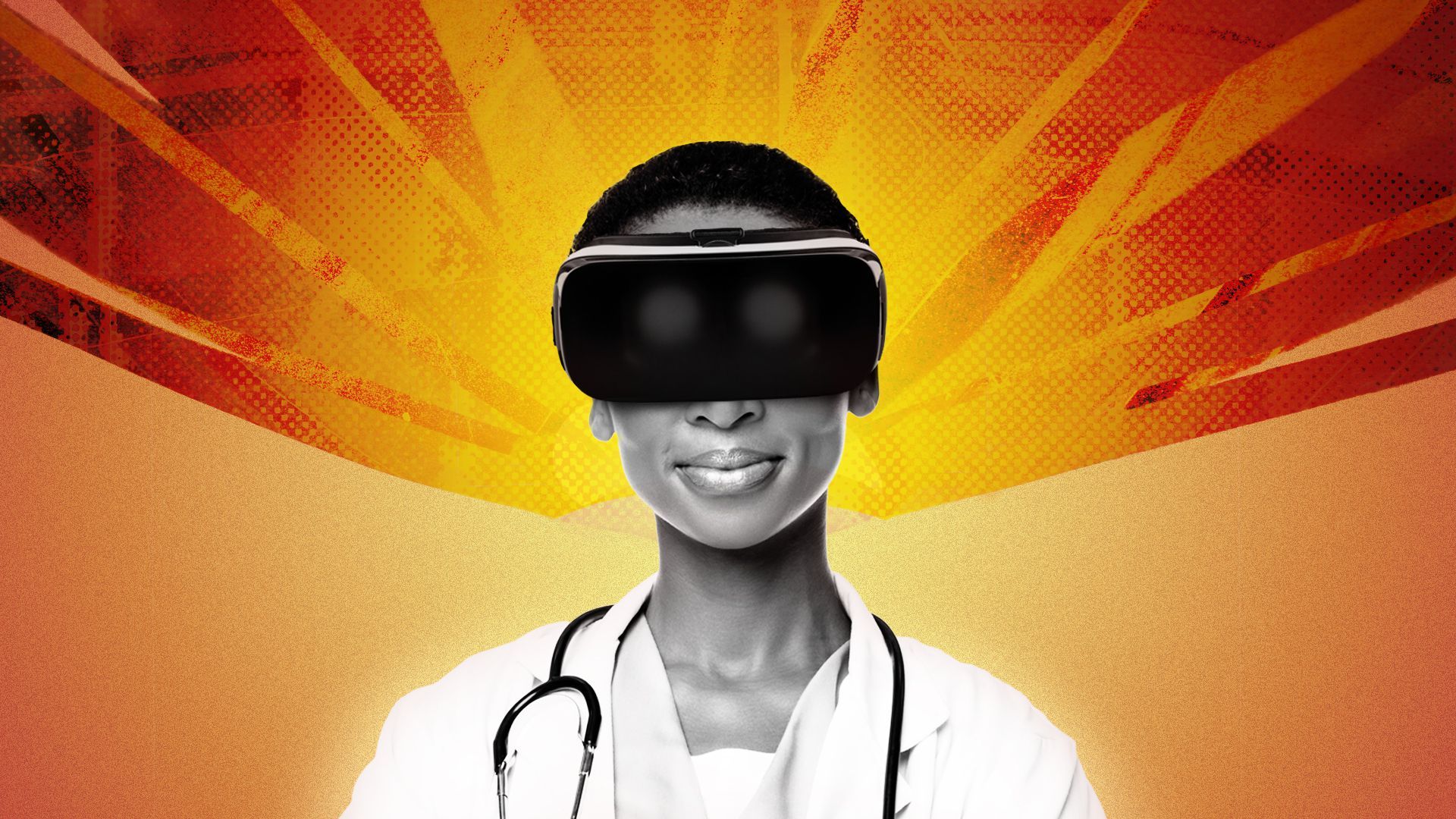
From DSC:
Not that this is exactly related, but the above item made me think of it:
- The Healing Power of Learning — from chronicle.com by James M. Lang
After a health crisis, an academic finds that learning is not just joyful but restorative.









